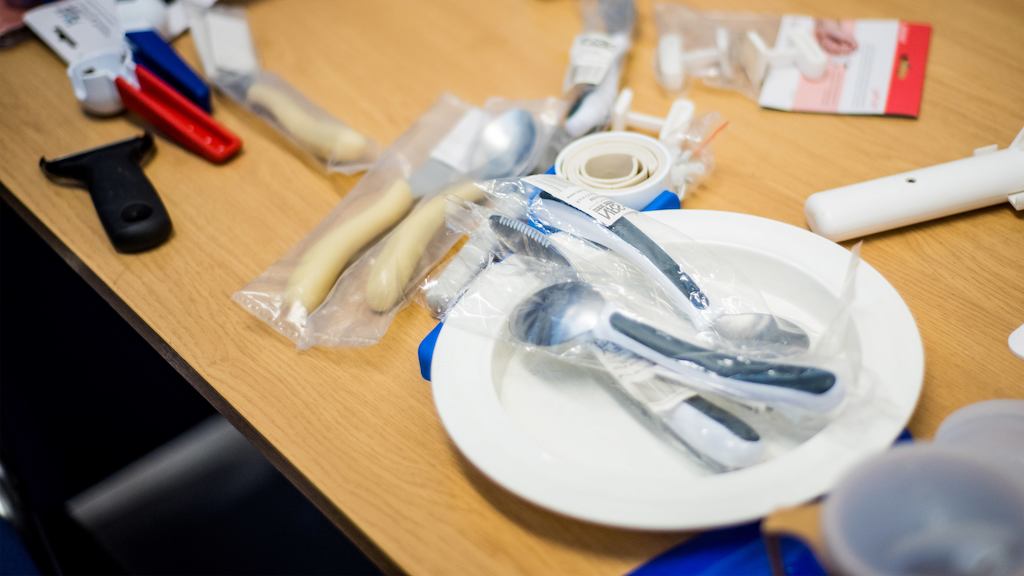Fatima is just one example of the many people we engaged with during our recent research involving over 50s consumers who want products that are easy-to-use and meet their needs but currently struggle to identify them in the mainstream retail market. Her inability to identify a retailer that can provide her with knowledgeable advice about products that could support her has stopped her from making the changes to her home that she needs.
Over 50s consumers are projected to spend £550 billion a year by 2040, which is notably £221 billion more than projected spending by younger households. And yet, products designed to support the needs of older consumers fail to stimulate the imagination. Older consumers don’t want to be treated any differently to younger customers and want aspirational products that are easy-to use, aesthetically pleasing, and good value for money, just like everyone else. But what they are left with are functional, medicalised products that while can support them to maintain independence at home, don’t encourage purchase until after a crisis point.
Our research revealed concerns from consumers over the price, aesthetics and stigma surrounding ‘specialist’ products designed specifically with the older or disabled customer in mind, such as grabrails or shower seats. Their attitudes towards these products often mean that purchases come too late, after individuals have reached a point of crisis, such as after a fall, and compromised their safety through dangerous behaviours, meaning they don’t benefit from the pre-emptive support these products could provide.
We witnessed one individual utilising old furniture such as unsteady wooden stools to get into and out of the bath, as well as a vision-impaired person using her own finger rather than a sensor to ensure hot water did not overflow in her cup. While some of these behaviours are used by people of all ages, the likelihood that they can result in injury will be higher for individuals who may face other challenges, for example around their dexterity or mobility, reinforcing the dangers – as well as the potential negative impact to quality of life – poor products that don’t adequately meet a person’s need can have.


